About Nathan Jishin Michon
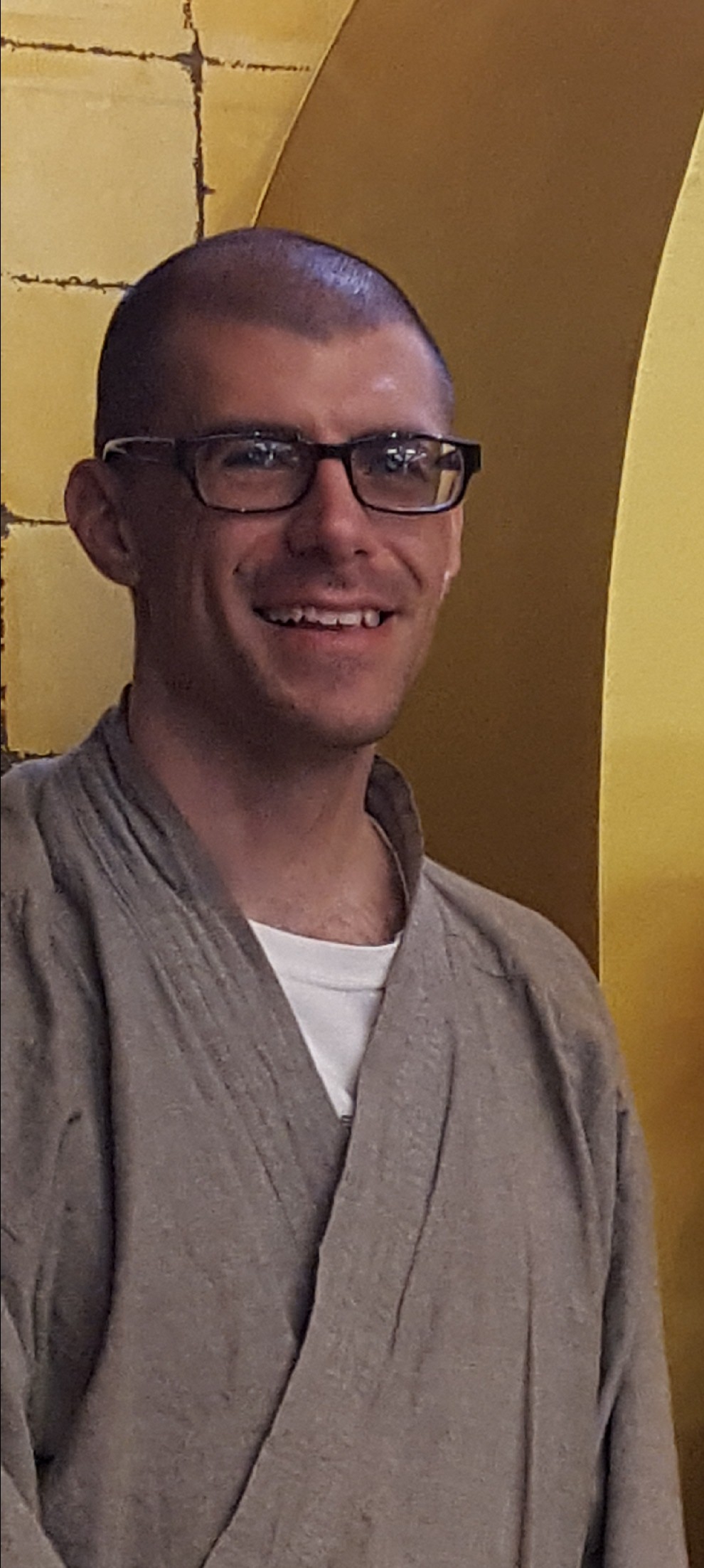
Credentials and Bio
Ph.D. History and Cultures of Religions,
Graduate Theological Union
M.Div. Buddhist Chaplaincy,
University of the West
M.A. Comparative Religion,
Western Michigan University
Certificate in Advanced Peace and Conflict Studies, European Peace University
Ordinations:
Interfaith Minister, Unity-and-Diversity World Council
Buddhist Priest, Koyasan Shingon Buddhism
(he/they) Nathan is a bit of a global citizen, having lived in seven countries and in multiple places in the US.
Below are both a short scholarly and spiritual biography representing two very integrated but different sides to Nathan’s work, especially within research on chaplaincy and contemplative care.
They love ping-pong, hiking in nature, and long retreats in spare time. Nathan is asexual but still happy to provide a hug if you need one!
[PAGE UNDER CONSTRUCTION – MORE COMING SOON!]
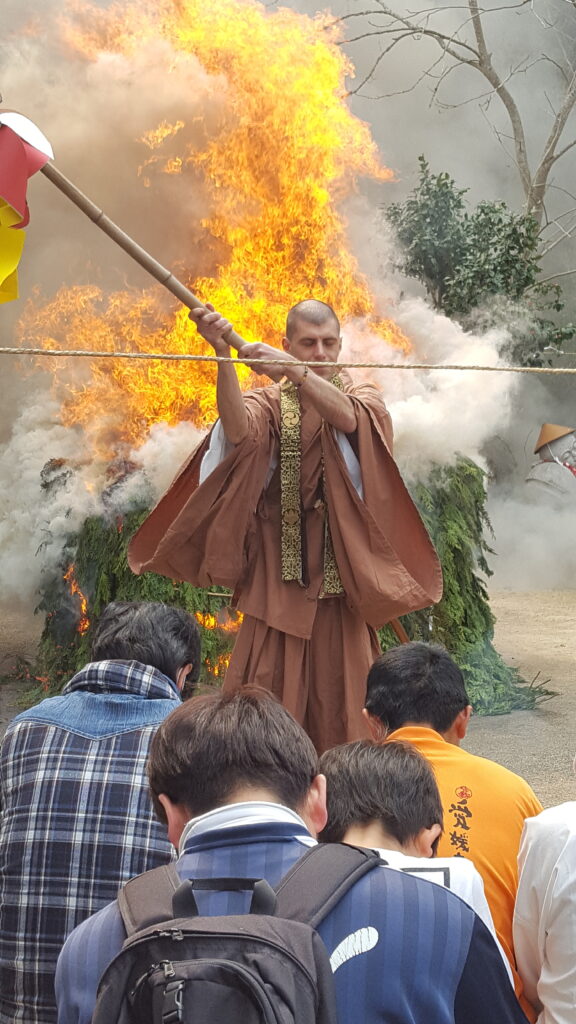
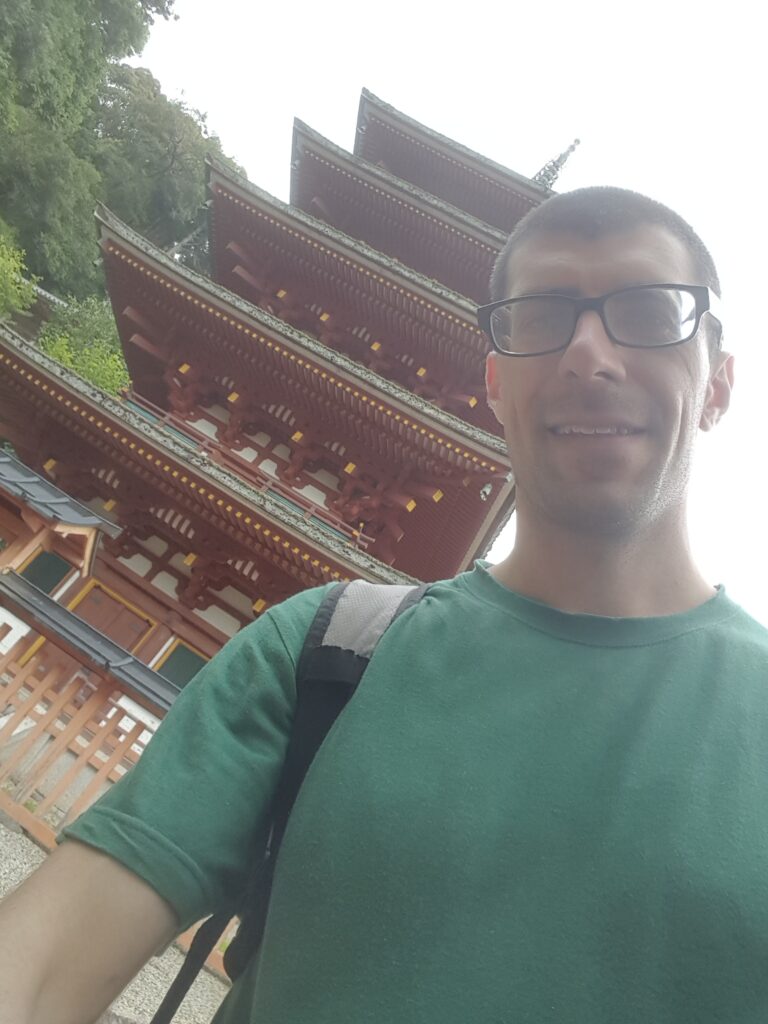
Spiritual Background
Scholarly Background
I was raised in the Catholic tradition and went through a decade of Catholic school. I was the little kid always asking the priest strange questions with undying curiosity about the world. When young, I experienced a number of mystical experiences that ultimately sparked his intrigue in meditation and exploring religions. After reading some books on Buddhism, it wasn’t like a broke away from that Catholic background. Rather, it was more like a realization that I had always been interpreting Catholicism in a very Buddhist way – like I had been Buddhist all along. So I can’t really call it a conversion experience. I also remained very spiritually, practicing and learning with mystics and contemplatives from many of the world’s meditation traditions: Hindus, Sikhs, Sufis, Christians, and various Indigenous traditions.
My primary practices, though, were within Buddhist traditions. I began in Zen, and practicing around 7 years, staying in numerous Zen and Chan monasteries. However, I then moved to the Thai Forest tradition, a Theravada school with more open-ended and flexible forms of meditation practice. While this form of Buddhism has remained the base of my practice, I combine it with the many of the elements from Shingon (a 1200 year old Japanese Vajrayana school). I love the variety of contemplative practices available in both these traditions and find they complement each other well in my personal practice. I ultimately ordained within the Shingon tradition.
As pictured above, one category of Shingon ceremonies is called “goma” (from the Sanskrit homa). The fire within the goma ceremony represents the burning away of cravings, aversions, and ignorance in both ourselves and the world. Although the goma practices came to Japan from India, some of them combined with indigenous Japanese mountain spirituality (Shugendō). All Shingon priests learn at least a base form of goma, but it is my hope to learn some of these specialized forms of goma and help preserve them for future generations.
My studies, research, and practice represent a very interdisciplinary background in religious studies, psychology, chaplaincy, and peace studies. My initial curiosity about world religions led me to complete a MA in comparative religion at Western Michigan University.
Although I loved many parts of this, I felt confined in the ivory tower in some ways, wanting to get out more into the world. So I transitioned to studying Peace Studies at European Peace University and interning with PATRIR (Peace Action Training and Research Institute of Romania). I was searching for follow-up positions in several conflict zones, when my parents begged me to go into a different line of work.
During my time in Peace studies, I became very interested in contemplative approaches to resiliency and decreasing burnout. Looking for a way to integrate this with my past experience, I found a Buddhist chaplaincy program at University of the West and loved it. Chaplaincy is a field in which one bases themselves within one tradition, but learns to provide care for people’s existential needs no matter their religious/spiritual background. I spent a little extra time in the program out of interest, with further coursework in the cognitive sciences and different Buddhist traditions.
However, I found that chaplaincy research, especially outside of Christianity was lacking. It seemed like other traditions like Buddhism had plenty of potential to offer the field and there was a growing body of research in Asian countries. I entered my PhD program at Graduate Theological Union to help bridge these gaps. My Fulbright research during this time traced the creation of Buddhist chaplaincy programs in Japan since the tragic 2011 tsunami.
I have focused especially on Buddhist chaplaincy developments in Japan, crisis care, and contemplative forms of care. I also look at what these areas mean for intercultural care and chaplain pedagogy.
Books by Nathan
Nathan’s research and writing focuses especially on Buddhist chaplaincy, crisis care, Japanese religions, and the application of various forms of meditation and mindfulness in care.
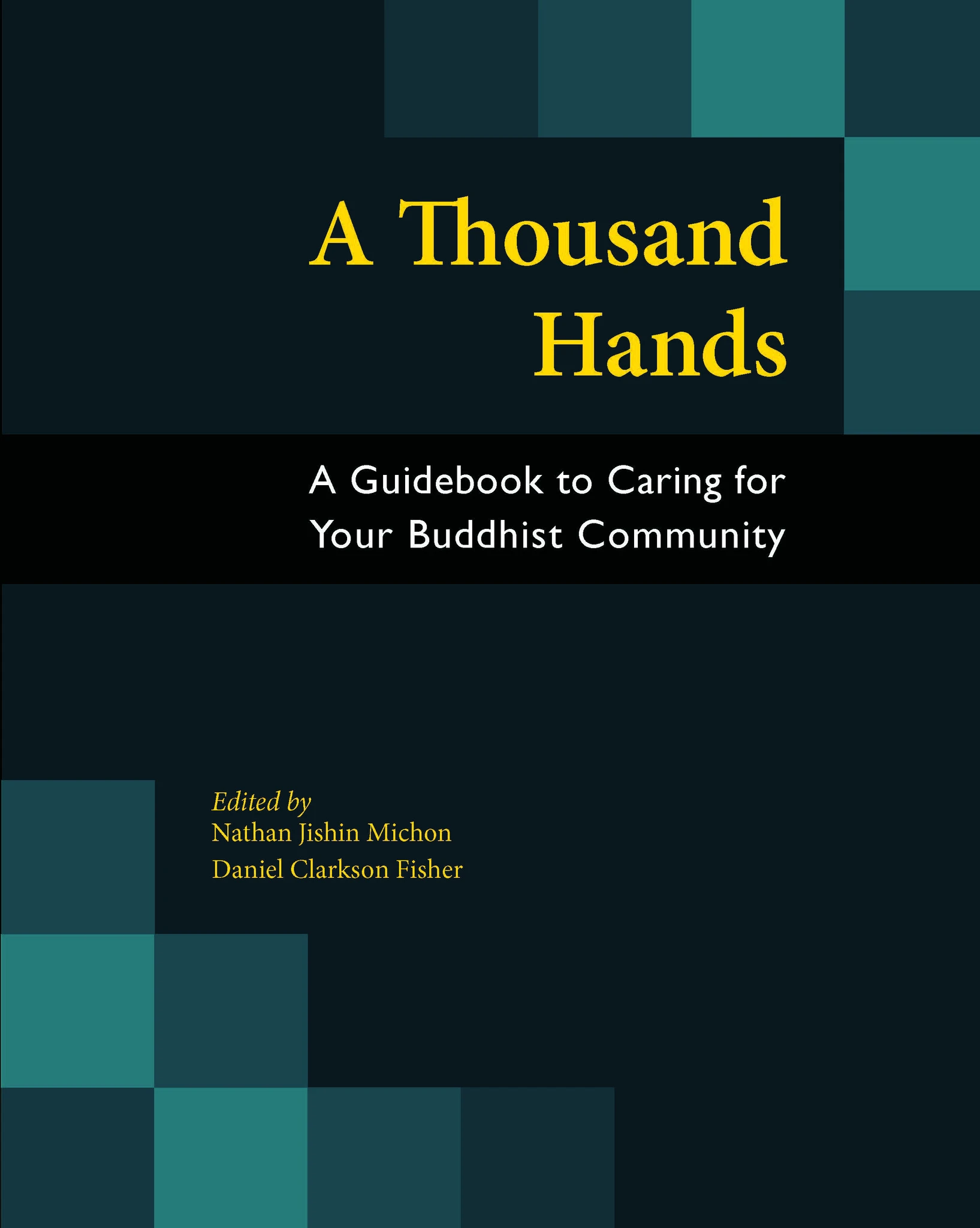
A Thousand Hands: A Guidebook to Caring for your Buddhist Community
Featuring 50 chapters by experts from a range of disciplines

"Buddhist Chaplaincy"
Article co-authored with Rev. Dr. Monica Sanford within the Online Oxford research Encyclopedia of Religion
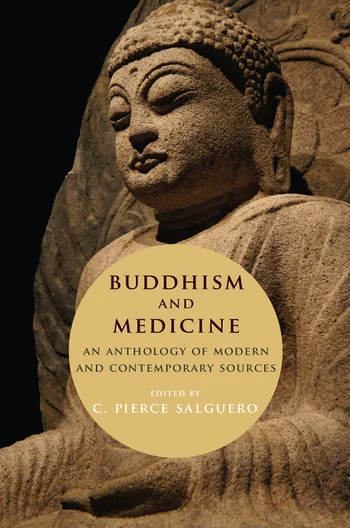
"A Contemporary Shingon Priest’s Meditation Therapies: Selections from the Writings of Ōshita Daien"
Article within the volume, Buddhism and Medicine: And Anthology of Contemporary Resources